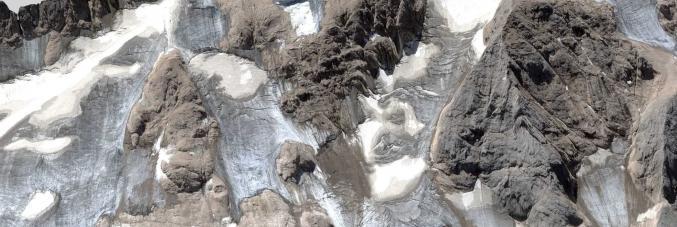
The Marmolada Glacier collapse. The first publication on its causes and triggered mechanisms
17.04.2023
Prof. Aldino Bondesan, of the University of Padua, led a team of international researchers in publishing the first article discussing The climate-driven disaster of the Marmolada Glacier (Italy) in the Geomorphology journal of Nature Communications under its list of Research Highlights.
The study constitutes the first published work investigating the 3 July 2022 incident when a mass of about 64,000 tons of water, ice, and rock debris broke off from the Marmolada Glacier in the Dolomites along the Northeastern region of the Italian Alps, forming an avalanche that killed 11 mountaineers and injured 7 after a rapid flow of nearly 2.3 km down its slope.
The collapse occurred in the upper part of the northern slope of the Marmolada at an altitude of 3213 m above sea level and involved a summit edge of the glacier near Punta Rocca. This small glacier was part of the glacial front until about a decade ago, and today, because of the fragmentation caused by the retreat, it remains isolated and contained within a niche on the north-facing slope just below the crest.
The event was documented by several videos recorded by hikers who were at the site, which helped in the analysis of the causes. The seismic energy released by the event was comparable to an earthquake of 0.6 M.
Prof Bondesan explains, “A detailed analysis of the stereoscopic satellite and aerial images, taken before and after the event, allowed us to analyze the collapse modalities. Finding that it was largely caused by a failure along a median crevasse partly filled by a huge volume of meltwater induced by highly anomalous late spring and early summer temperatures that reached 10.7 °C at the time of the event.
The dense pattern of crevasses along with the morphology and properties of the basal rock surface predisposed it to failure, and finally driven by the overpressure caused by the excess of melting water. A combination of hydraulic jacking and buoyant pressure within a thin layer of basal till were probably the two triggered mechanisms that caused instability resulting in the sudden glacier collapse.”




